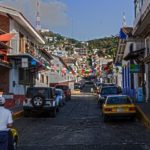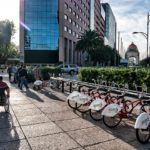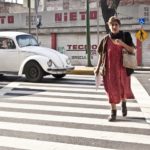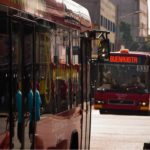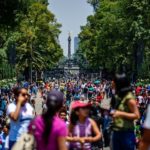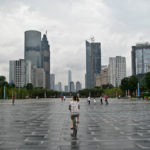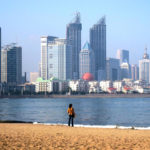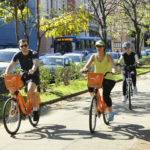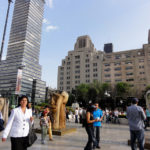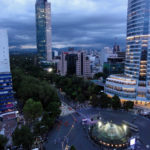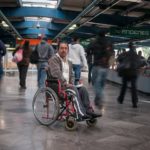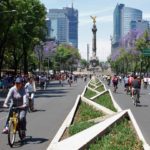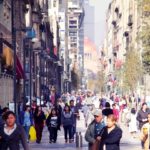Posts tagged with 'Mexico'
In Brazil, commutes make up about half of all daily trips. Because the majority of the commutes occur at peak hours, Brazil’s major cities are facing intense congestion, particularly during rush hours. For example, in the metropolitan areas of São ...

From October 12 to 14, EMBARQ México (WRI Ross Center for Sustainable Cities’ team in Mexico) will host the XI Cities and Transport International Conference, where decision makers will participate in workshops and discuss urban planning to help Mexico City ...

From October 12 to 14, EMBARQ México (WRI Ross Center for Sustainable Cities’ team in Mexico) will host the XI Cities and Transport International Conference, where decision makers will participate in workshops and discuss how infill development can help Mexico ...

From October 12 to 14, EMBARQ México (WRI Ross Center for Sustainable Cities’ team in Mexico) will host the XI Cities and Transport International Conference, where decision makers will participate in workshops and discuss how infill development can help Mexico ...

A century of car-centric urban development has left our cities polluted, congested, and searching for sustainable solutions. Transport Demand Management (TDM) strategies can provide these solutions by combining public policy and private sector innovation to reverse over-reliance on private cars. ...

With a metropolitan population of more than 21 million people—and growing quickly—Mexico City faces distinct challenges in delivering sustainable urban mobility. Whether to combat a long history of urban sprawl or to meet the mobility needs of different communities, the city has had ...

Transforming Transportation (#TTDC15) is the annual conference co-organized by EMBARQ, the sustainable urban transport arm of the World Resources Institute’s (WRI) WRI Ross Center for Sustainable Cities, and the World Bank. This year’s conference focuses on Smart Cities for Shared Prosperity, and takes place ...

Black carbon – a short-lived climate pollutant emitted into the air by incomplete combustion of fuels – is a both major contributor to climate change and a concern for public health in cities. At the global scale, black carbon has ...

With urban growth come a number of opportunities to positively transform our cities. And while the unique challenges faced by city leaders are shaped by local contexts and histories, their actions reveal broader trends in how cities worldwide are changing ...

Transport and urban development are inherently linked. Though the majority of residents in many of the world’s biggest cities do not own a car, cities are often designed around the needs of automobiles instead of the needs of people. In ...

Urbanization is reshaping the economy, energy systems, and climate of our planet. By 2050, the world’s cities are expected to add 2.5 billion people who will need housing, hospitals, schools, and places to work. Though global greenhouse gas emissions continue ...

The NYU Stern Urbanization Project has created a number of fascinating time-lapse videos showing urban land use in different cities from the 1800s through to 2000. These videos strikingly depict the well-evidenced trend of urban growth, both in population and ...

Every morning for the last six months I have observed the same man parking his car in the handicap spot. At first, I flashed him angry and annoyed expressions to try to convince him to park somewhere else; no results. ...

Sustainable mobility is a key challenge for city leaders. Mexico City – the world’s fourth most populous city, with more than 20 million inhabitants in its metropolitan area – is no different. The city must overcome a long history of urban ...

The “People-oriented Cities” series – exclusive to TheCityFix and Insights – is an exploration of how cities can grow to become more sustainable and livable through transit-oriented development (TOD). The nine-part series will address different urban design techniques and trends ...

Page 5 of 10« First...456...10...Last »












